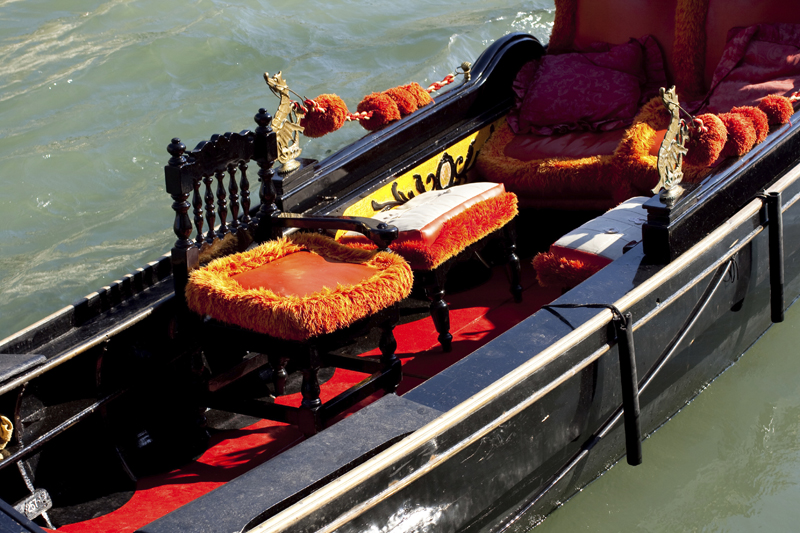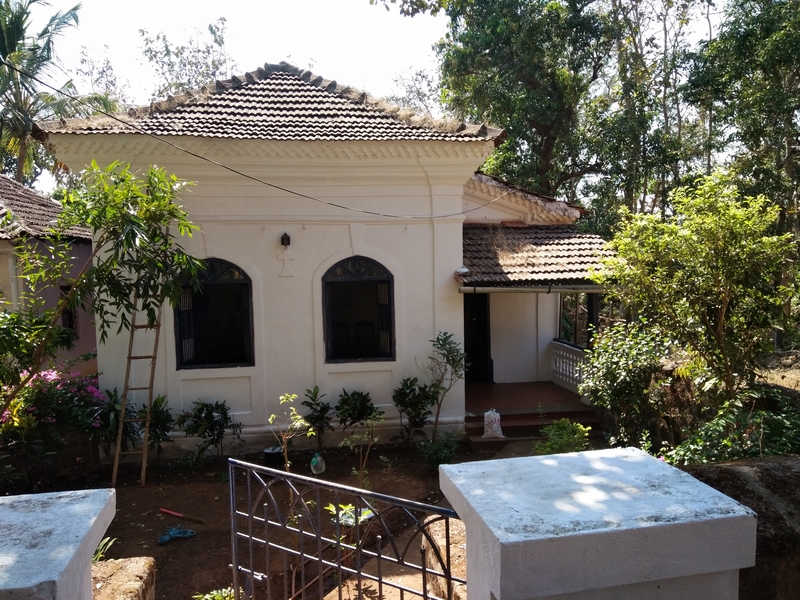Make that getaway to Bangalore, India

There's nothing like a weekend getaway to the city of Bangalore. Located in southern India on the Deccan Plateau, at a height of over 900 m (3,000 ft) above sea level, Bengalore is known for its pleasant climate throughout the year. The capital city of Karnataka, Bangalore is a wonderful city to spend the weekend in especially now when the trees in the city are all covered with beautiful, fresh green leaves.
It's spring in Bangalore and after the huge drifts of leaves which made carpets of gold across the city parks, the trees now are transformed with leaves that are bright and in differing shades of green. New leaves can also be a baby pink like the peepul tree flashing its new almost transparent leaves in the sun. Or the almost gold new leaves which have sprouted on the mango trees, all soft and floppy and limp before they slowly turn a deep green and stiffen to a leathery consistency.
The Ashoka tree has very delicate semi- transparent green leaves which also slowly turn into the fluted edge crinkly leaves of the adult Ashoka leaf. During the spring looking up at the parrot green canopy that they sport is like a balm to the soul.
Take a walk through Cubbon Park or Lalbagh while in Bangalore. These are the must - do things to get a taste of the erstwhile garden city. Tress which are over a hundred years old grow in Lalbagh and joggers and walkers have been fighting to keep this lung space in the city intact. Lal Bagh meaning The Red Garden in English is spread over 188 acres. The garden was originally commissioned by Hyder Ali, the ruler of Mysore, and later finished by his son Tipu Sultan.
It has a famous Glass House modelled on London's Crystal Palace which hosts an annual flower show. Lal Bagh houses India's largest collection of tropical plants, is one of the main tourist attractions in Bangalore. Hyder Ali and his son imported trees and plants from several countries. The Lal Bagh Gardens were commissioned by the 18th century and over the years it acquired India's first lawn-clock and the subcontinent's largest collection of rare plants.
Cubbon Park is another 'lung' area of the city and originally created in 1870, when Major General Richard Sankey was the then British Chief Engineer of Mysore State. It covers and area of about 300 acres and is well known for its trees and rose gardens. Called Cubbon Park after the longest serving commissioner of the time, Sir Mark Cubbon, The park has large natural rock outcrops with thickets of trees, massive bamboos, with grassy expanses and flowerbeds and several impressive statues. The predominantly green area of the park has well laid out walking paths running through the park, which are frequented by early morning walkers and the naturalists, who study plants in the tranquil and green environment.
Opposite Cubbon Park is the famed protestant, St. Mark's Cathedral the foundation of which was laid in 1808, while the construction work was completed in 1812, but, it was only in 1816 that the cathedral was consecrated. Built in the grand colonial style, it stands adorned with a semicircular chancel, and a magnificent dome, along with Roman arches, embellishing the interior of the cathedral, which add to its splendour.
The cathedral boasts of having one of the best-maintained external bells amongst all the churches in the city. This 200-year-old church is located at the very start of MG Road and if you pray hard enough you might just get to hear the stupendous church choir perform there. And as my mother once told me -- each time you visit a new church you can make three wishes. So wish carefully!
It's spring in Bangalore and after the huge drifts of leaves which made carpets of gold across the city parks, the trees now are transformed with leaves that are bright and in differing shades of green. New leaves can also be a baby pink like the peepul tree flashing its new almost transparent leaves in the sun. Or the almost gold new leaves which have sprouted on the mango trees, all soft and floppy and limp before they slowly turn a deep green and stiffen to a leathery consistency.
The Ashoka tree has very delicate semi- transparent green leaves which also slowly turn into the fluted edge crinkly leaves of the adult Ashoka leaf. During the spring looking up at the parrot green canopy that they sport is like a balm to the soul.
Take a walk through Cubbon Park or Lalbagh while in Bangalore. These are the must - do things to get a taste of the erstwhile garden city. Tress which are over a hundred years old grow in Lalbagh and joggers and walkers have been fighting to keep this lung space in the city intact. Lal Bagh meaning The Red Garden in English is spread over 188 acres. The garden was originally commissioned by Hyder Ali, the ruler of Mysore, and later finished by his son Tipu Sultan.
It has a famous Glass House modelled on London's Crystal Palace which hosts an annual flower show. Lal Bagh houses India's largest collection of tropical plants, is one of the main tourist attractions in Bangalore. Hyder Ali and his son imported trees and plants from several countries. The Lal Bagh Gardens were commissioned by the 18th century and over the years it acquired India's first lawn-clock and the subcontinent's largest collection of rare plants.
Cubbon Park is another 'lung' area of the city and originally created in 1870, when Major General Richard Sankey was the then British Chief Engineer of Mysore State. It covers and area of about 300 acres and is well known for its trees and rose gardens. Called Cubbon Park after the longest serving commissioner of the time, Sir Mark Cubbon, The park has large natural rock outcrops with thickets of trees, massive bamboos, with grassy expanses and flowerbeds and several impressive statues. The predominantly green area of the park has well laid out walking paths running through the park, which are frequented by early morning walkers and the naturalists, who study plants in the tranquil and green environment.
Opposite Cubbon Park is the famed protestant, St. Mark's Cathedral the foundation of which was laid in 1808, while the construction work was completed in 1812, but, it was only in 1816 that the cathedral was consecrated. Built in the grand colonial style, it stands adorned with a semicircular chancel, and a magnificent dome, along with Roman arches, embellishing the interior of the cathedral, which add to its splendour.
The cathedral boasts of having one of the best-maintained external bells amongst all the churches in the city. This 200-year-old church is located at the very start of MG Road and if you pray hard enough you might just get to hear the stupendous church choir perform there. And as my mother once told me -- each time you visit a new church you can make three wishes. So wish carefully!

Related Articles
Editor's Picks Articles
Top Ten Articles
Previous Features
Site Map
Content copyright © 2023 by Marianne de Nazareth. All rights reserved.
This content was written by Marianne de Nazareth. If you wish to use this content in any manner, you need written permission. Contact Marianne de Nazareth for details.





 -resizeimage.jpg.jpg)

